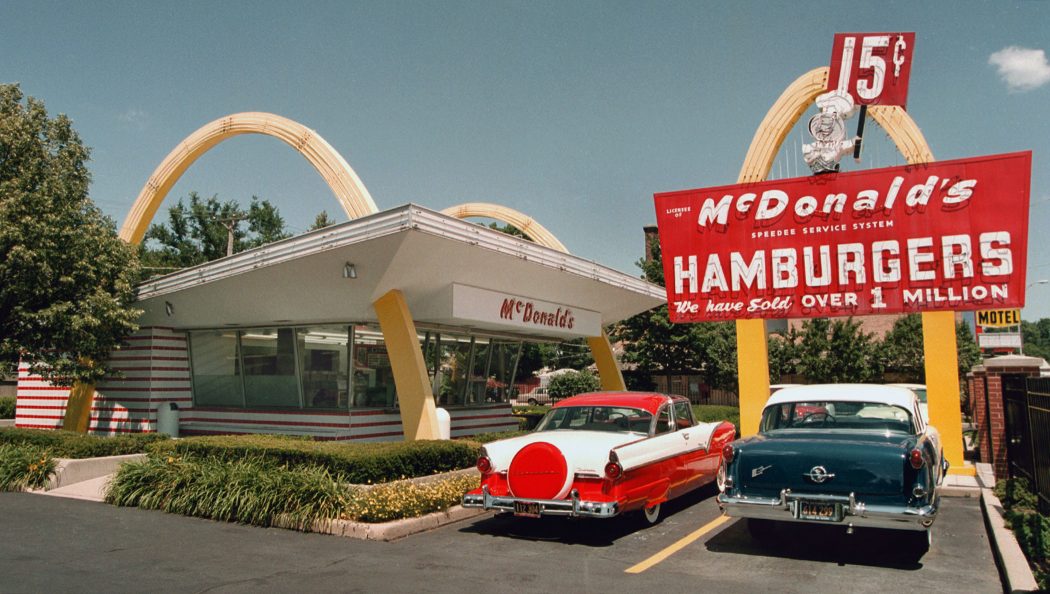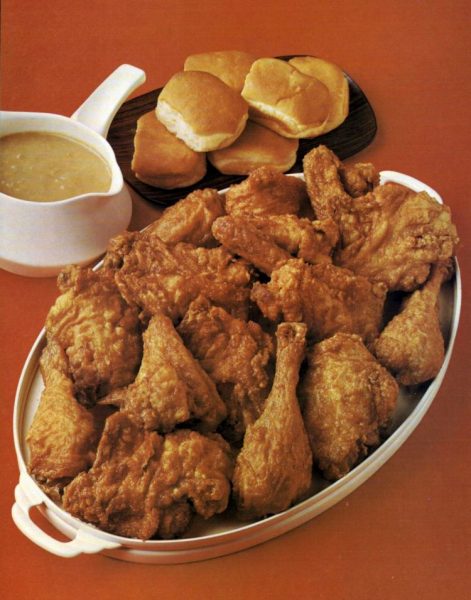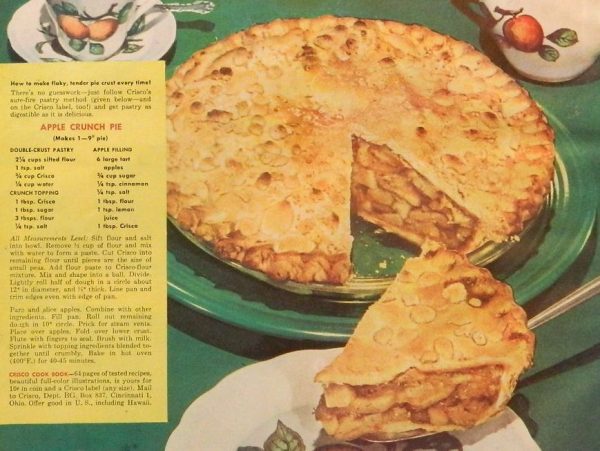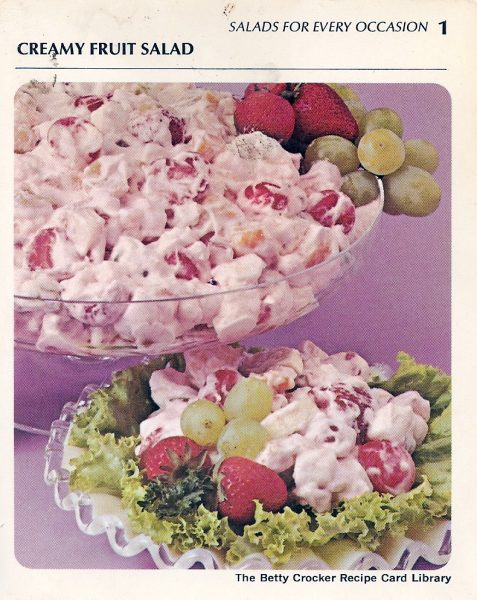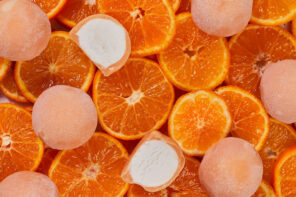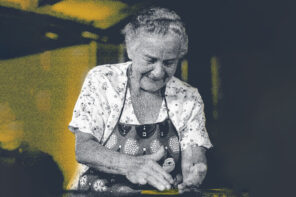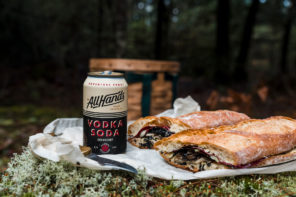Blue Plate Special
Americans like to eat, or at least that’s what people say. And like most of the good parts of our culture, the foods we love have been borrowed from or adapted from different parts of the world. Our American classics owe a large thank you to the immigrants that helped shape what is traditionally considered American cuisine today. Let’s dig in.
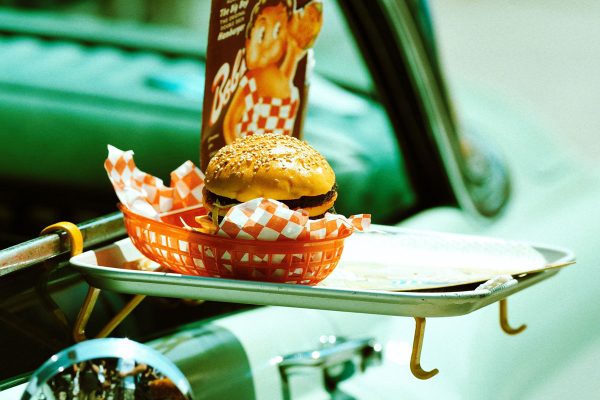
Hamburger
Country of origin: The actual birth of the burger is a bit of a pickle, with several claims toward the invention of the two-bunned beauty, this is to be expected since it is technically a sandwich. The two most popular claims are that the burger was created right here in the United States by a Danish immigrant, while the other suggests it was concocted in Hamburg, Germany—which honestly that kind of makes more sense.
How it got to America: Depending on who you believe it was either born here or shipped over, but it gained prominence by appearing in 1904 World’s Fair and then was subsequently highly popularized by the inception and saturation of American fast food.
Today: Oh boy. The American Burger of today can be used as a pointed metaphor for the evolution of American culture, or maybe it’s just indicative of it. Who’s to say you can’t find a burger with cheese, with pickles, with special sauce, with two patties, with 3 buns, with 1 1/2 lbs of meat, with blue or goat or swiss or muenster cheese, with crab meat, with vegan meat, and even with gold flecks? This to say is that this staple transcends the food class system, from a staple at cookouts and the McDonald’s of the world to some place that will serve you one for a medium-rare 5,000 bucks. America.
Fried Chicken
Country of origin: Unsurprisingly, more than one part of the world figured out that heating up oil
and dipping a chicken into it made it nice and crispy. So the two most notable geographical points of origin here are Scotland, with an unseasoned version, and West Africa, with a seasoned version.
How it got to America: A combination of the West African and Scottish techniques, with an expertise
in spice, were amalgamated by American slaves in the 1700s as a dish to commemorate special occasions. From there, recipes for fried chicken started appearing in American cookbooks in the following decades.
Today: While fried chicken is enjoyed by people of all cultures, it would be a disservice to the Black community to say that this dish is anything but an undeserved gift from their culture to the American menu. Today you can find fried chicken in its most classic form, or paired with waffles as popularized by Los Angeles’ Roscoe’s House of Chicken N Waffles—if prepared well, there is no wrong way to consume it. And in any case, seeing your mom come home with that cardboard carrier filled with fried chicken was likely the highlight of your week as a kid.
French Fries
Country of origin: While this might appear an obvious one, it’s actually a bit more complicated, which is to be expected with the French involved (who of course just call them frites). Belgium also lays claim to the creation of the one of the more perfect foods ever created. This is likely because the two countries are so close in proximity, but we’ll go ahead and decide with the Belgians here, as our official stance.
How it got to America: Seems we brought it with us in the forms of chips when Americans ventured over the pond. And in step with burgers, fries were made extremely popular by the growth of the fast-food industry.
Today: Certainly not “freedom fries,” that never really did catch on thankfully. Fries are and should be served with everything in the modern-day. Spaghetti and meatballs? No, spaghetti and fries thank you. While as popular as ever fries take up about 30% of our annual potato crop in the US. And somewhere out there sweet potatoes are just trying to fit in.
Pizza
Country of origin: Tough to nail down, there were many iterations of flat doughs with toppings found in early cultures around the world. Egypt, Rome, Greece. The version closest to what we know and have one too many slices of was created in Naples, while it was still Greek.
How it got to America: Around the mid-1900s, Neapolitan immigrants were starting to serve up cheesy goodness on the streets of cities like New York, New Jersey, New York, Chicago and also New York. And the momentum never stopped.
Today: Pizza in this century can be someone’s entire personality. It’s even made the jump from food to pool float, which is the highest form of culinary canonization. And while seemingly rooted in Italian culture, Americans have latched on firmly and created version after version of different takes on pizza: crusts stuffed with cheese, crusts-stuffed with lil smokies, deep-dish, buffalo chicken, Hawiian, and even, sigh, cauliflower crust.
Apple Pie
Country of origin: You may have heard the term “American as apple pie”—well, sorry, Johnny: technically it should be “English as apple pie.” The first recipe appeared in England all the way back in 1381 and filled with raisins, and worse, no sugar (except for the raisins).
How it got to America: If you guessed colonizers again then you’re correct. Turns out there weren’t very good native apples on American soil and crab apples wouldn’t do the trick. So settlers brought over seeds from Europe. John Chapman, better known as Johnny Appleseed is largely responsible for cementing apples as an American symbol.
Today: Thankfully there are no more raisins involved and you can top it with ice cream while trying to drown out the sound of your cousin’s open-mouth chewing but sound fancy by saying you are doing it up a la mode.
Ambrosia Salad
Country of origin: Here in the good ole U S of A. At least as far as anyone knows, the earliest iterations of ambrosia were decidedly more simple. Typically consisting of fruits mixed with coconut and sugar.
How it got to America: Your neighbor brought it over for the cookout and it would be rude not to try it even though it looked frightening.
Today: Kinda gross! And how very uniquely American of us to combine a bunch of sweets ingredients, mix it into a mold and then call it salad.

